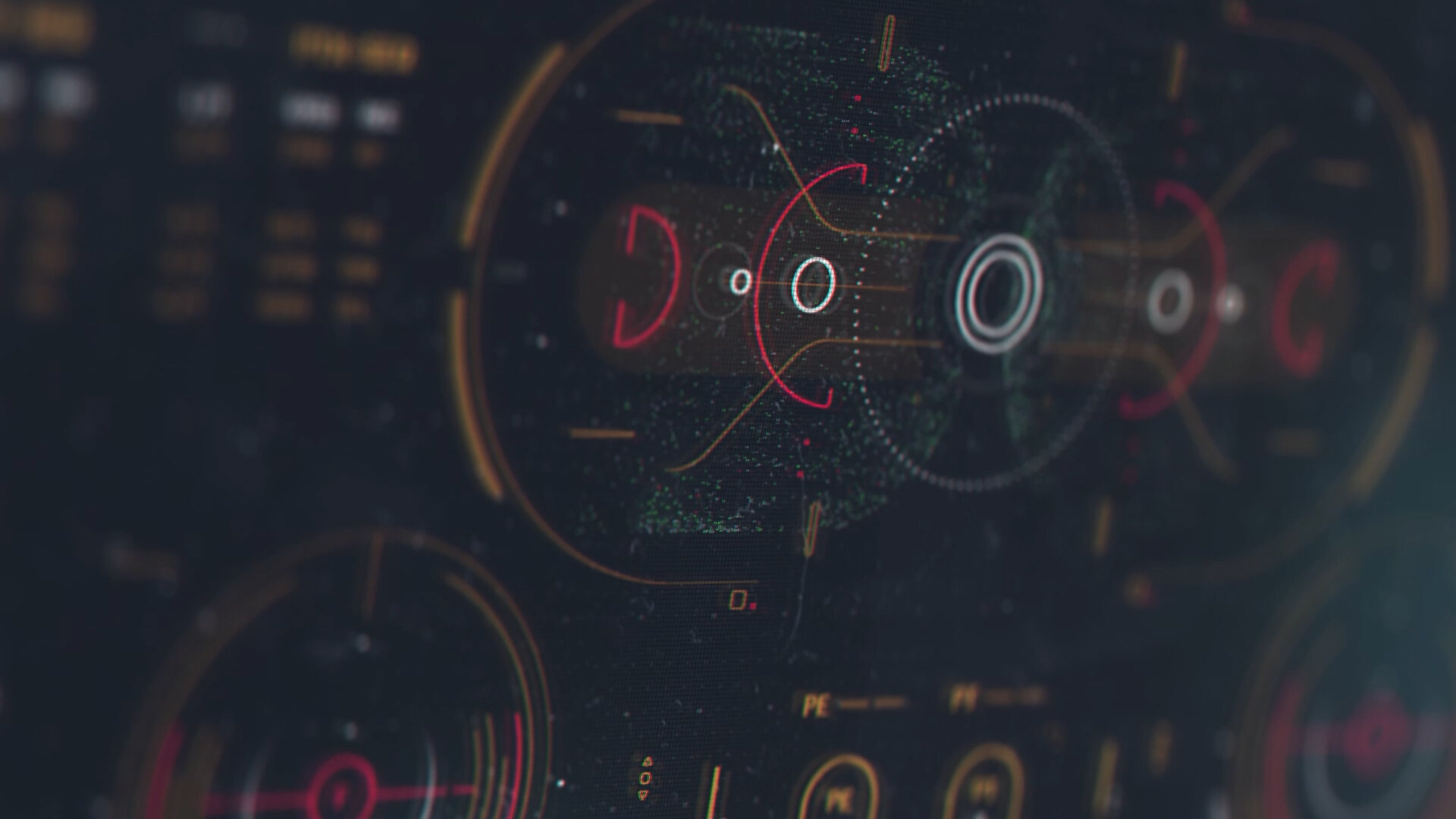ARION-24 by Pedro Ramos
As you may know, I’m a huge advocate for personal projects as a way to explore, experiment and learn. Here’s a look at ARION-24, a personal project by Pedro Ramos currently working out of Territory Studio.
Pedro was kind enough to share some of his thoughts and processes behind the making of ARION-24 as well as some behind the scenes images!
1. What made you decide to create this project?
I wanted to create a set of FUI screens as a personal project, without any restrictions other than having a common theme and a certain level of internal coherence.
2. What was your goal?
I just wanted to practice in order to keep my blade sharp in the FUI realm. A few months ago, I was involved in another kind of projects at work (more 3D heavy), so I started Arion-24 having a bit of a play around.
3. How long did it take you from start to finish?
It took me about 5 months to complete, which is a lot for such a short project, but I only worked on it very sparingly, during my weekends and the odd hour or two after my full-time work.
4. Did you spend much time concepting or planning the project?
I didn't really spend much time concepting it. I just knew I wanted it to have at least some congruency and three to four different visual languages in it.
The vast majority of the work I do is based (to some degree) on real-world references and with this project I wanted to create more abstract interfaces, which the space fantasy setting allows me to do.
5. Were you inspired or influenced by anything in particular?
I was inspired by some of the work me and my colleagues do at Territory, where I work, but also a few sci-fi films and video games, like Mass Effect or Crysis.
6. Did you run into any technical challenges?
I did come across minor technical challenges when I worked on it, as I dabbled in Cavalry and Fusion 360 for the creation of a few assets. I had never used these programs before, but to be fair, they are relatively easy to pick up and I'm glad I started using them because they'll be useful in other projects and it never hurts to expand on the number of tools one can incorporate into their workflow.
7. What software did you use to create this project?
I used Illustrator, After Effects and a bit of Cavalry for the 2D elements. Fusion 360 to model a couple of assets, like the hologram base and the monitors, then Cinema 4D to model the rest of 3D elements and comping some screens. There was a lot of back and forth between these apps.
8. What was the most challenging part of the project?
The most challenging part of the project was pushing towards the finish line when you have a full-time job. It's hard to spend a couple of extra hours in front of the screen after a long day at work or taking that time out of your free weekends, but I do believe in the power of personal projects to have a voice as an artist, grow and experiment.




















